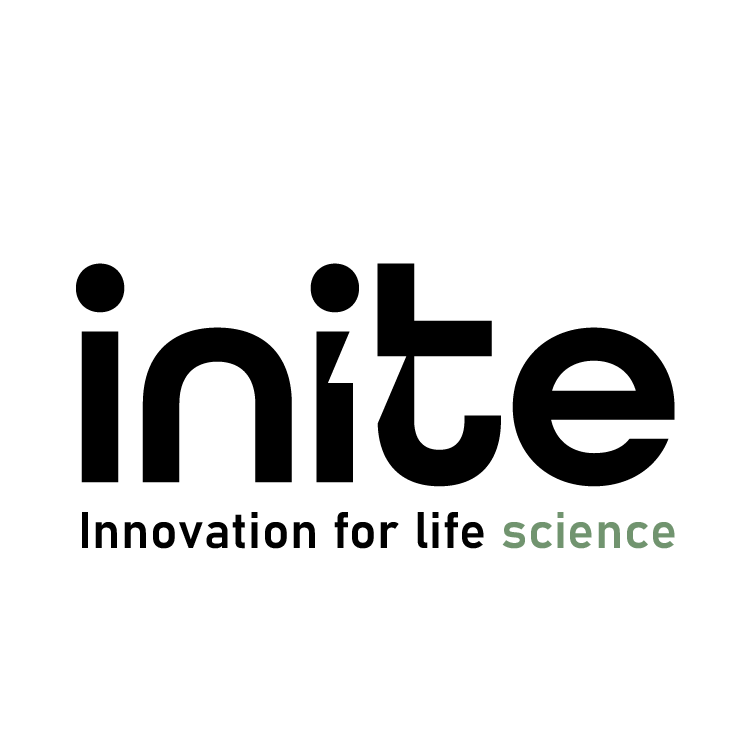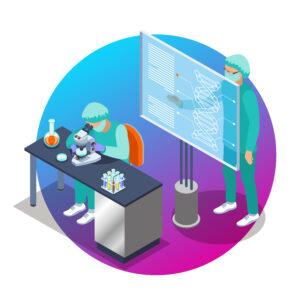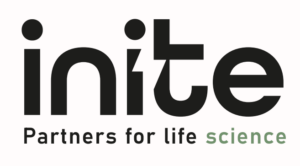Lab automation has come a long way in revolutionizing the scientific research landscape, and one of the key enablers of this progress is SILA, which stands for Standardization in Lab Automation. SILA isn’t just an acronym; it’s a game-changer that has reshaped how laboratories function, fostering interoperability among lab devices, boosting efficiency, and streamlining data integration. In this blog post, we’ll dive deeper into SILA, its significance, and the challenges it brings to the table.
Embracing SILA: A Paradigm Shift
Imagine a world where laboratory devices communicate seamlessly, where data flows effortlessly from one instrument to another, and where researchers can focus more on their experiments than on wrangling with incompatible equipment. That’s the promise of SILA, and it’s changing the way labs operate.
At its core, SILA aims to standardize the protocols and interfaces used in lab automation. This standardization ensures that different devices from various manufacturers can work together harmoniously. It eliminates the headaches caused by incompatible software, data formats, and communication protocols. In short, SILA simplifies complexity in the lab.
The Challenges of SILA Integration
While the benefits of SILA are clear, it’s important to acknowledge the challenges that come with its implementation:
- Legacy System Compatibility: Many labs have invested heavily in older lab equipment that predates SILA standards. Adapting these legacy systems to align with SILA can be a complex and costly endeavor. It often requires hardware and software modifications to bridge the compatibility gap.
- Standard Evolution: The world of technology never stands still, and SILA standards are no exception. Staying current with evolving SILA standards demands constant vigilance and updates. Labs must commit to ongoing training and software updates to ensure compliance with the latest specifications.
- Data Security: Laboratories handle sensitive and valuable data. Ensuring the secure exchange of this data while adhering to SILA standards is a top priority. Cybersecurity measures must be in place to protect against data breaches and ensure the integrity of research outcomes.
The Continuous Journey of SILA Integration
Navigating SILA standards isn’t a one-time task; it’s a journey of continuous learning and adaptation. Laboratories that embark on this journey commit to enhancing their capabilities and unlocking new possibilities in lab automation.
Inite is here to assist you on this journey. Our expertise in lab automation and SILA standards can help you overcome the challenges and harness the opportunities that SILA presents. Let’s discuss how Inite can streamline your lab automation processes and make your research more efficient and effective.
Join the Conversation
We’d love to hear your insights and experiences with SILA standards in lab automation. Share your thoughts, challenges, and success stories in the comments section below. Let’s foster a discussion around #LabAutomation, #SILAStandards, #Challenges, #Innovation, #Science, and #DataExchange. Together, we can simplify the complexity of lab automation and drive innovation in the world of science.




